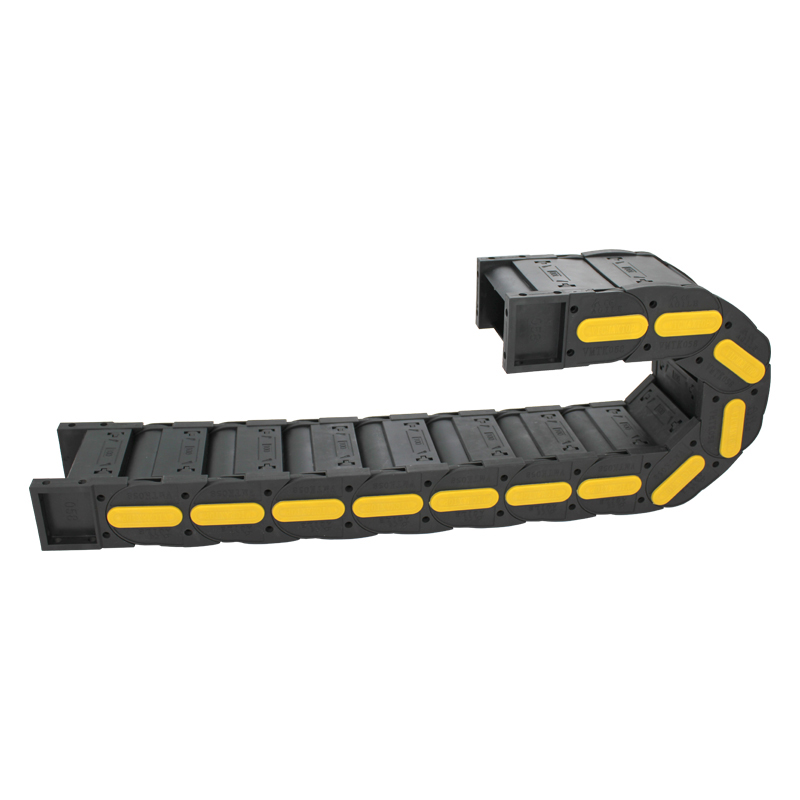synchronous belt types
Understanding Synchronous Belt Types An Overview
Synchronous belts, also known as timing belts, are crucial components in many mechanical systems. They play a vital role in transmitting power and motion in a synchronized manner, ensuring that various components of machinery operate in harmony. This article will explore different types of synchronous belts, their construction, and their applications.
Types of Synchronous Belts
1. Rubber Synchronous Belts This is the most common type of synchronous belt. Made from high-quality rubber compounds, these belts often include a reinforcing layer of fibers, which enhances durability and strength. The teeth on the belt are designed to integrate seamlessly with the pulleys, ensuring that power is transferred without slippage. Rubber synchronous belts are widely used in automotive engines, textile machinery, and industrial equipment.
2. Polyurethane Synchronous Belts Polyurethane belts offer superior wear resistance compared to rubber belts. They are often used in high-load applications where durability and longevity are critical. Polyurethane synchronous belts also have excellent resistance to oil, chemicals, and extreme temperatures, making them suitable for industrial environments. They can also be manufactured with various tooth profiles, allowing for versatility in design.
3. Steel Reinforced Synchronous Belts For applications requiring high tensile strength and minimal stretch, steel-reinforced synchronous belts are the ideal choice. These belts typically feature steel cables embedded within the belt material, which enhances their ability to handle heavy loads and reduces elongation over time. They are commonly found in robotics, conveyor systems, and other heavy-duty applications.
4. Fiber-Reinforced Synchronous Belts Similar to steel-reinforced belts, fiber-reinforced synchronous belts utilize a combination of high-strength fibers, such as aramid or polyester, to enhance their durability and performance. These belts are particularly beneficial in applications requiring flexibility and resistance to wear, making them suitable for a range of industrial uses, including packaging machines and automotive systems.
synchronous belt types

5. Timing Chains vs. Synchronous Belts While timing belts and chains serve similar purposes, they differ in construction and application. Timing belts, made from rubber or polyurethane, offer quieter operation and less maintenance. On the other hand, timing chains are made from metal and provide greater durability under extreme conditions. The choice between the two often depends on specific operational demands and environmental factors.
Applications of Synchronous Belts
Synchronous belts find applications across different sectors due to their reliable performance and efficiency. In the automotive industry, they are primarily used for synchronizing the crankshaft and camshaft, ensuring optimal engine performance. In manufacturing, synchronous belts enable precise movement of conveyor systems, assembly lines, and robotic machinery, thereby enhancing productivity and efficiency.
Furthermore, the versatility of synchronous belts allows them to be utilized in household appliances, such as washing machines and food processors, where consistent timing is essential for effective operation.
Conclusion
In summary, synchronous belts are pivotal components that facilitate effective power transmission and motion synchronization across various applications. The choice of synchronous belt type—whether rubber, polyurethane, steel-reinforced, or fiber-reinforced—depends on the specific needs of the application, including load capacity, environmental conditions, and desired lifespan. Understanding the characteristics and applications of various synchronous belt types is essential for engineers and manufacturers aiming to optimize machinery performance and reliability. As technology advances, the development of new materials and designs will continue to expand the potential uses of synchronous belts in various industries.








